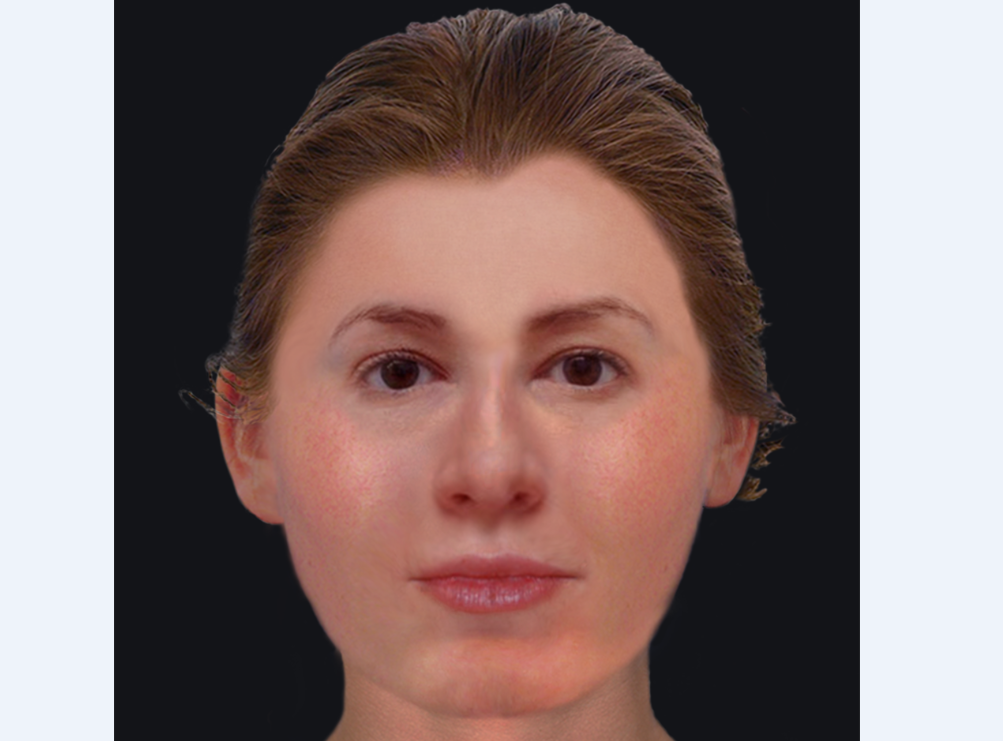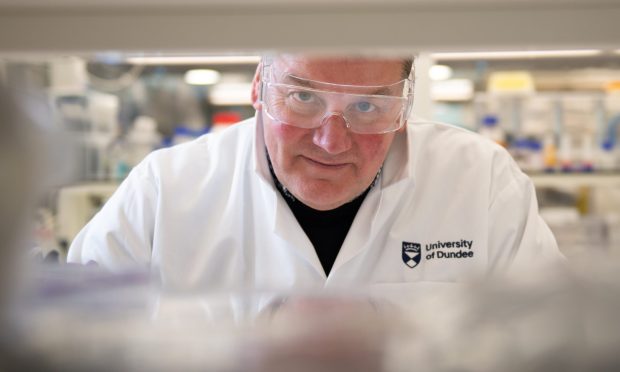A Dundee University graduate has reconstructed the face of a woman whose teeth were stolen after she died before being sold on Edinburgh’s 18th century black market.
Josie Ide, who studied forensic facial identification at the institution, worked alongside archaeologists as part of an internship with Edinburgh Museum to identify the skull of a woman found underneath the capital’s Infirmary Street in 1993.
The woman’s skeleton was discovered near Surgeon’s Hall, now the headquarters of the Royal College of Surgeons of Edinburgh, with her front teeth missing – a common feature on bodies defiled by the infamous grave robbers Burke and Hare.
Josie used pioneering reconstruction techniques which measured the unknown woman’s skull in order to paint a picture of how she once looked.
She said: “The reconstruction process in the simplest terms consists of three stages, measurement and study of the skull, application of tissue depth guides and muscles, then finally the facial features and skin layer.
“The skull itself through measurement, calculation and scientific observation provides information on facial feature shape, positioning and size.
“From the skeletal remains it was possible to determine the age and sex of the individual.”
Burke and Hare were two infamous serial killers active in the early 19th century who carried out 16 murders as well as digging up bodies and selling cadaver parts to Doctor Knox, a doctor and lecturer at the anatomy school in Surgeon’s square.
Dr Knox performed so many successful dissections that he needed a great supply of body parts and resorted to buying body parts from the gruesome pair.
The unknown woman, believed to be between 20 and 30-years-old, was buried in a graveyard used for patients of the Royal Infirmary who were “unclaimed” as many families could not afford a private burial.
The ability to use forensic facial identification has allowed scientists to reconstruct the faces of people who died thousands of years ago.
Last year the skull of a woman nicknamed Ava – who died almost 4,000 years ago in the northern Highlands – was reconstructed by another graduate of Dundee University, Hew Morrison.









